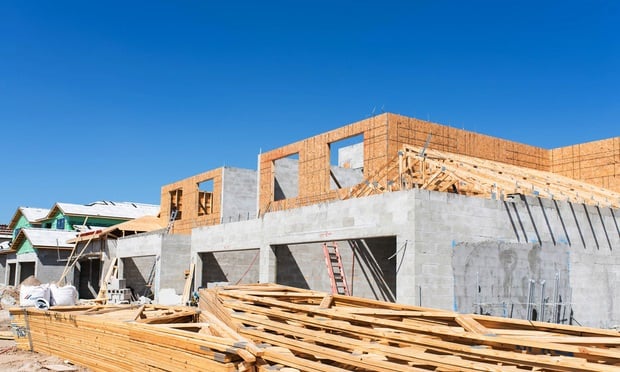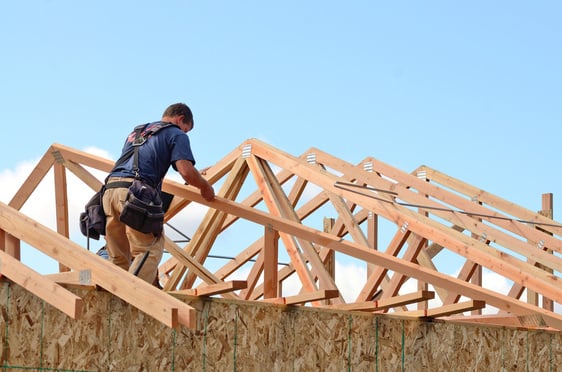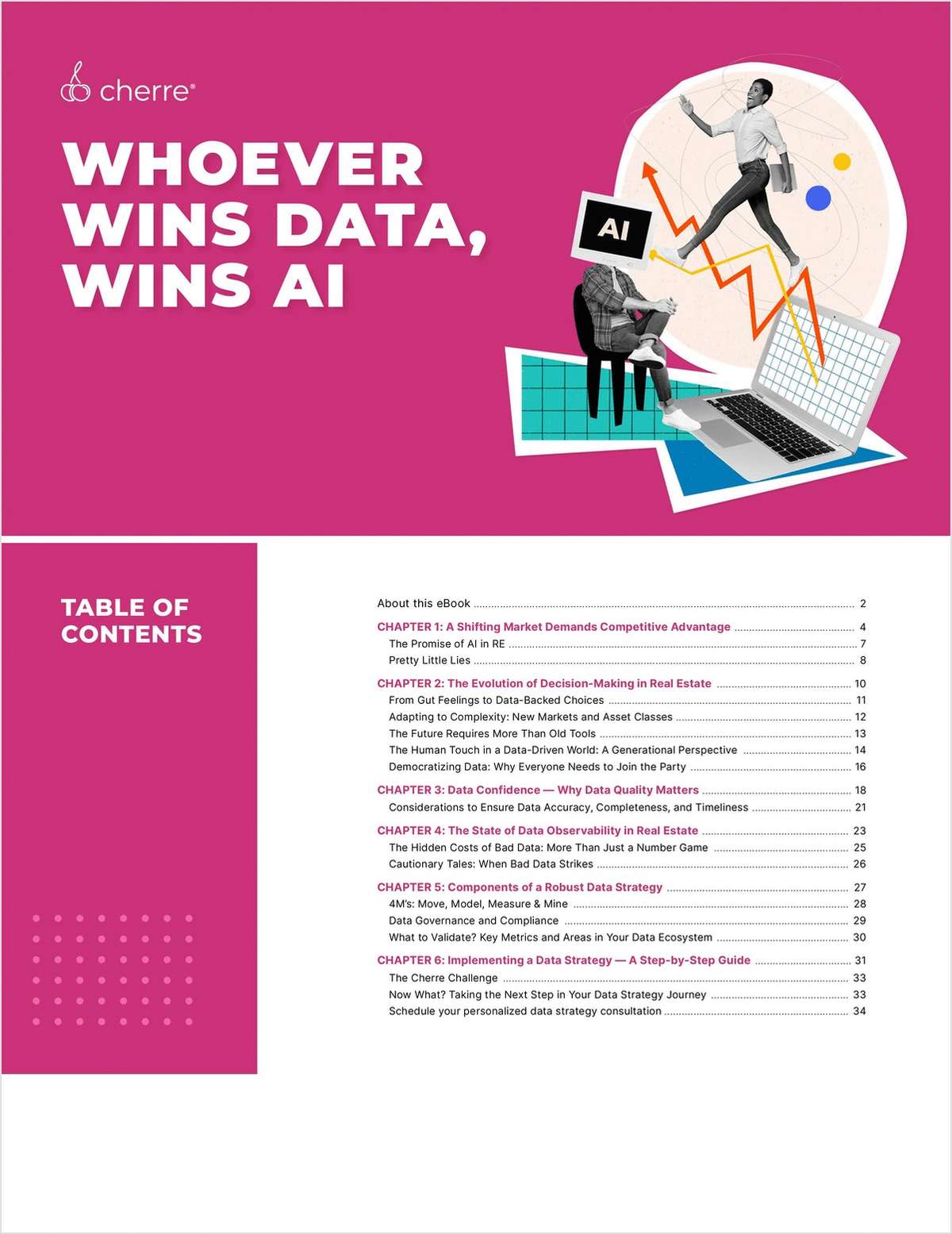(RealShare Orange County convenes at the Hyatt Regency, Irvine, August 16.)
COSTA MESA, CA-Shaheen Sadeghi, president of LAB Holding LLC, marches to the beat of a different drummer than most developers do. The creator and founder of the LAB Anti-Mall, an environmentally focused shopping center called the CAMP and one of the firm’s latest projects—a historic packing building turned synergistic grouping of restaurants and shops called the Anaheim Packing District—recently spoke with GlobeSt.com about how he “backed in” to commercial real estate development, his viewpoint on the “Little American Business,” and why he looks at the recent economic downturn as an opportunity. Chris Bennett, LAB Holding director of development, who works with Sadeghi, will be joining Orange County’s Industry Leaders on August 16th at RealShare Orange County.
GlobeSt.com: Not many real estate developers can match your varied background and interests. How did you end up here?
Sadeghi: My career started in action sports as president of Quiksilver. I think the idea of developing the LAB was really cumulative of my interest in art, architecture, culture and real estate. My wife and I, when we were in the executive world, had to put together a portfolio of primarily residential properties, and we both have a design and retail background. So it’s all those things thrown into a blender.
GlobeSt.com: LAB Holdings’ developments are very outside the box. What was the inspiration behind them?
Sadeghi: Early on, I saw that there was much appreciation globally for small American businesses and their opportunity to make a difference in the youth culture. National malls were big air-conditioned boxes, homogenized with national tenants, and there was culturally a disconnect with the emerging young customer. Malls were a product of the ’60s and ’70s. There was a real dichotomy going on there, and we understood that this young customer we were doing business with was very sophisticated, into clean oceans, politics and brighter than we were in the ’70s. So it was a combination of developing a place of gathering for that culture and creating a place where small businesses would have a chance to come in and open shop. A lot of these smaller businesses didn’t want to be in the mall—either they couldn’t afford it or they didn’t want to be with the large national clients, and there were cultural differences. We wanted to create a place where they would be in their own home. The nickname “LAB” from “Little American Businesses” came through that whole process.
GlobeSt.com: Why do you choose to develop in a down market? Isn’t that counterintuitive?
Sadeghi: We built the LAB in ’93, and very quickly Orange County went bankrupt. The savings-and-loan industry, Macy’s, Bullock’s, everyone went bankrupt and got bought out. It happened across the nation over a 24-month period, this massive shift in consumer spending, shopping centers, etc. Most people thought we were crazy, but we built the LAB then. When you have these movements culturally and economically, it creates the opportunity to think differently and do things differently. People began consuming less and driving smaller cars. All goods and services have had to change to meet the new wave of thinking. Those who haven’t are not going to survive. We look at these shifts, these 10-year cycles, as part of our evolving culture, and we try to catch the shift in people’s thinking. Most of us come to think of them as negative parts of an economic downturn, but we look at it as an enrichment of culture. Cities listen now to people who want to invest in their town and green jobs. People are more humble. It’s a much better environment to create opportunity.
GlobeSt.com: How does the Anaheim Packing District fit into the mix?
Sadeghi: What we do is not traditional development; it’s more like cultural development. There’s a formula we work for any size project. We look at the four C’s: Do these projects create community? Culture? Commerce? Consciousness? You can’t just put a heavy footprint down. In Anaheim, we found the city to be very user-friendly, from the mayor to the redevelopment agency, which unfortunately was dissolved. Good leadership helps move things forward. We also loved the fact that the city was willing to invest in historic buildings. In this country, buildings aren’t what you come across in Florence, but they have a history and stories, and there are only a few of these packing houses left in the state. We were really excited—and so was the city—about supporting rehabbing. It’s difficult for an independent operator to come in and restore an old building. That was really a big part of the equation. We ended up purchasing three city blocks on the Center Street Promenade, which we’re rehabbing, and we’re close to opening up several restaurants and shops. We’ve had great support from the community, and it’s been a fun, creative project for us.
GlobeSt.com: Why does Orange County work as the location for your developments?
Sadeghi: These buildings have earned their authenticity. The demographics of Anaheim are that it’s multinational: Hispanic, Asian, Indian, German, traditional white families that live up in Anaheim Hills—it’s fascinating that it’s the demographics of the future. When I look at all of the things that have been accomplished in Orange County—Angel Stadium, the Honda Center, Disneyland—there are 20 million visitors within miles of our projects. Plus, we’re right off the I-5 and in a user-friendly, business-friendly city. It seemed like we had a lot of good things in common.
GlobeSt.com: So what’s next for LAB Holding?
Sadeghi: Our main focus is getting our leases done for the Packing District and Center Street. The rest of the year, we’ll focus on executing on Packing House. Phase I opened, and Phase III will be a farmers’ park. We completed rehab on a project in San Clemente—a casino project in an old historical building where an Ella’s restaurant is going in. My wife and I would love to do a new senior center; we’re inspired to do the revamping and something different within that industry. I love the opportunity—people are living longer, so we’re excited about that. We’re also creating a new school: education that’s non-traditional, an “all-of-the-stuff-they-don’t-teach-you-in-school” school. We own and operate all of our projects. We have an in-house management company, so it’s not just about building and flipping—the operational part is important to us, to make sure the product is current. We’re as much a content provider as the exterior. In our world, that’s important—we’re both the hardware and the software. For us, we have too many ideas and not enough time. It’s just a matter of figuring out where to put them on the grid.
Want to continue reading?
Become a Free ALM Digital Reader.
Once you are an ALM Digital Member, you’ll receive:
- Breaking commercial real estate news and analysis, on-site and via our newsletters and custom alerts
- Educational webcasts, white papers, and ebooks from industry thought leaders
- Critical coverage of the property casualty insurance and financial advisory markets on our other ALM sites, PropertyCasualty360 and ThinkAdvisor
Already have an account? Sign In Now
*May exclude premium content© 2024 ALM Global, LLC, All Rights Reserved. Request academic re-use from www.copyright.com. All other uses, submit a request to [email protected]. For more information visit Asset & Logo Licensing.








